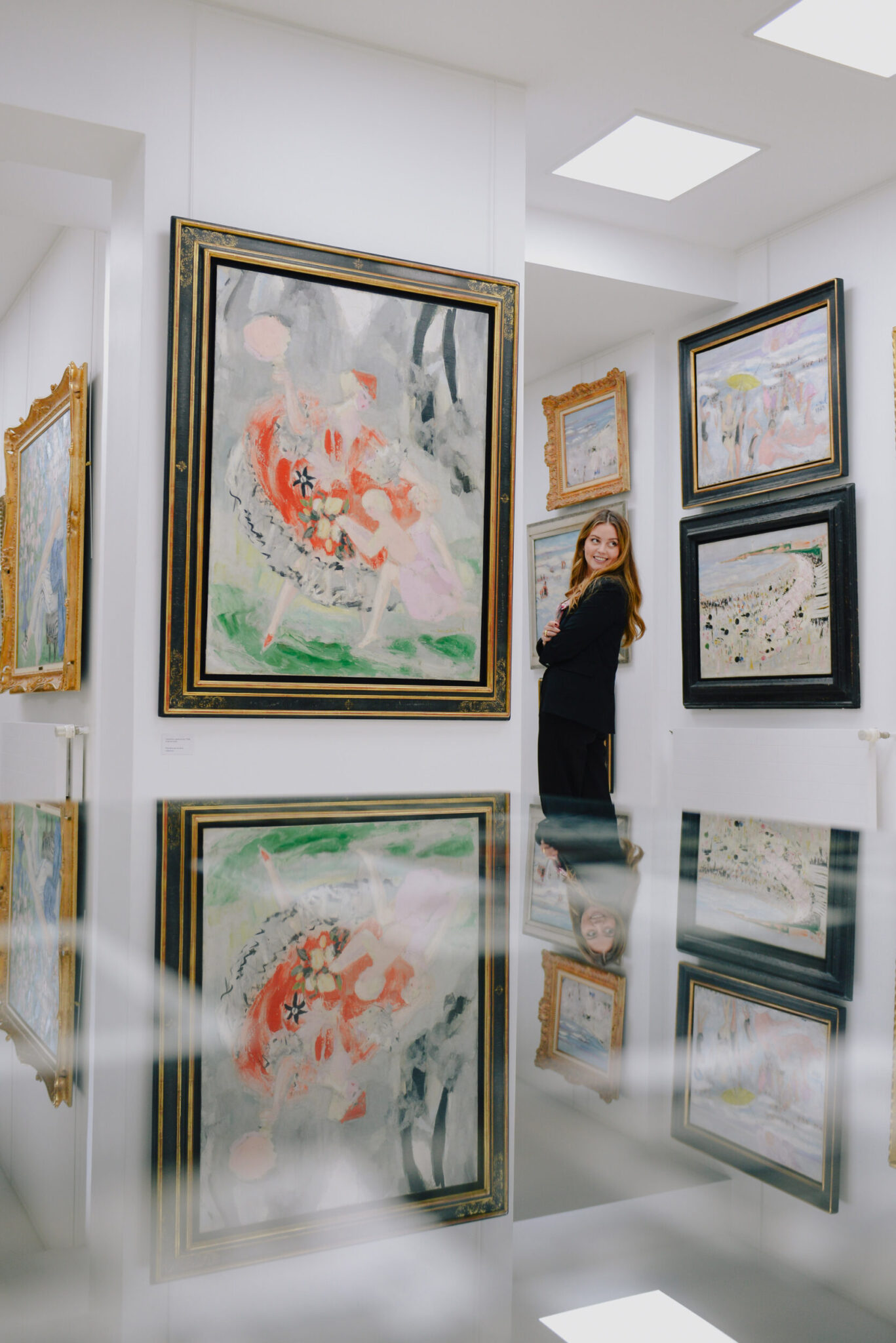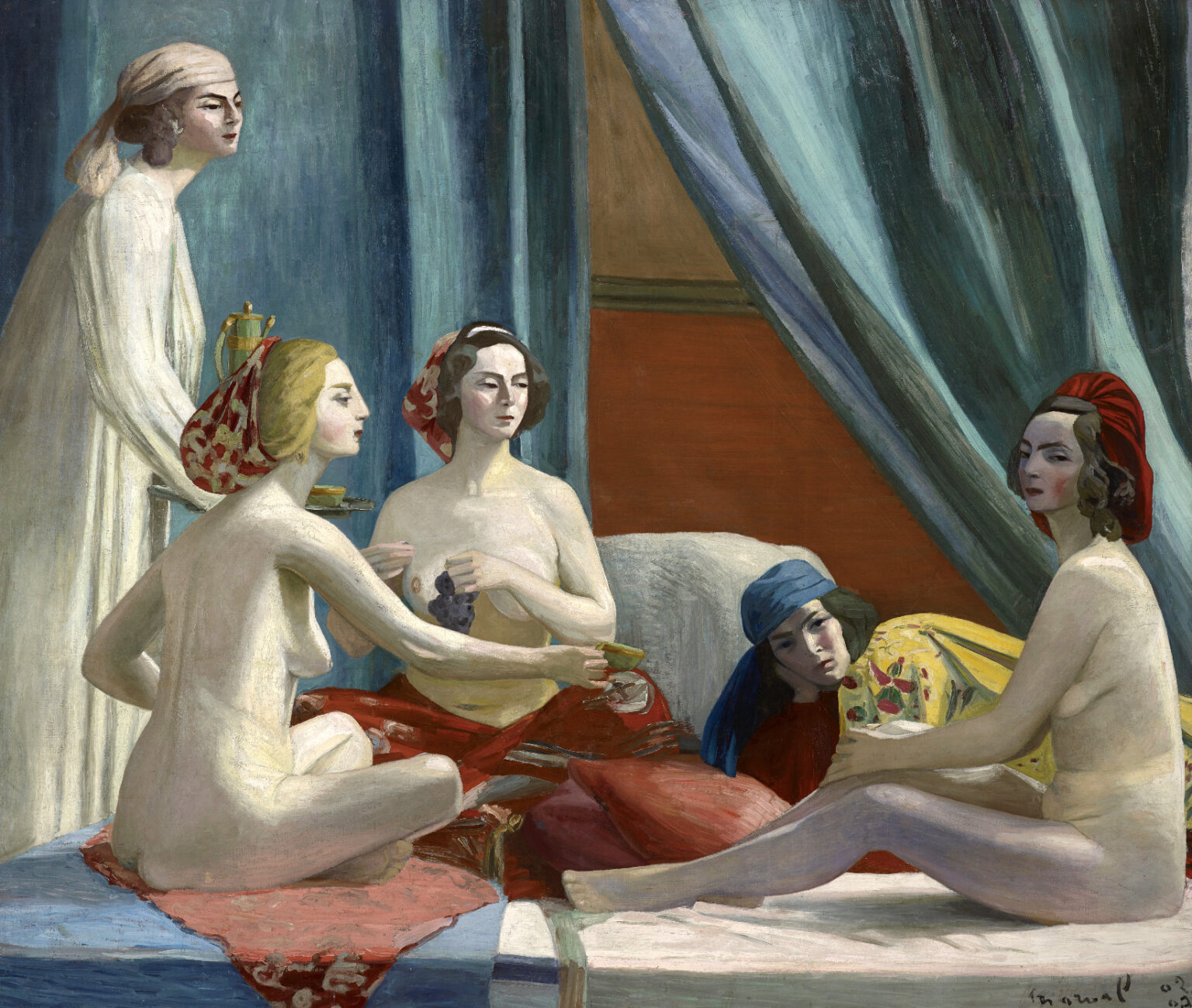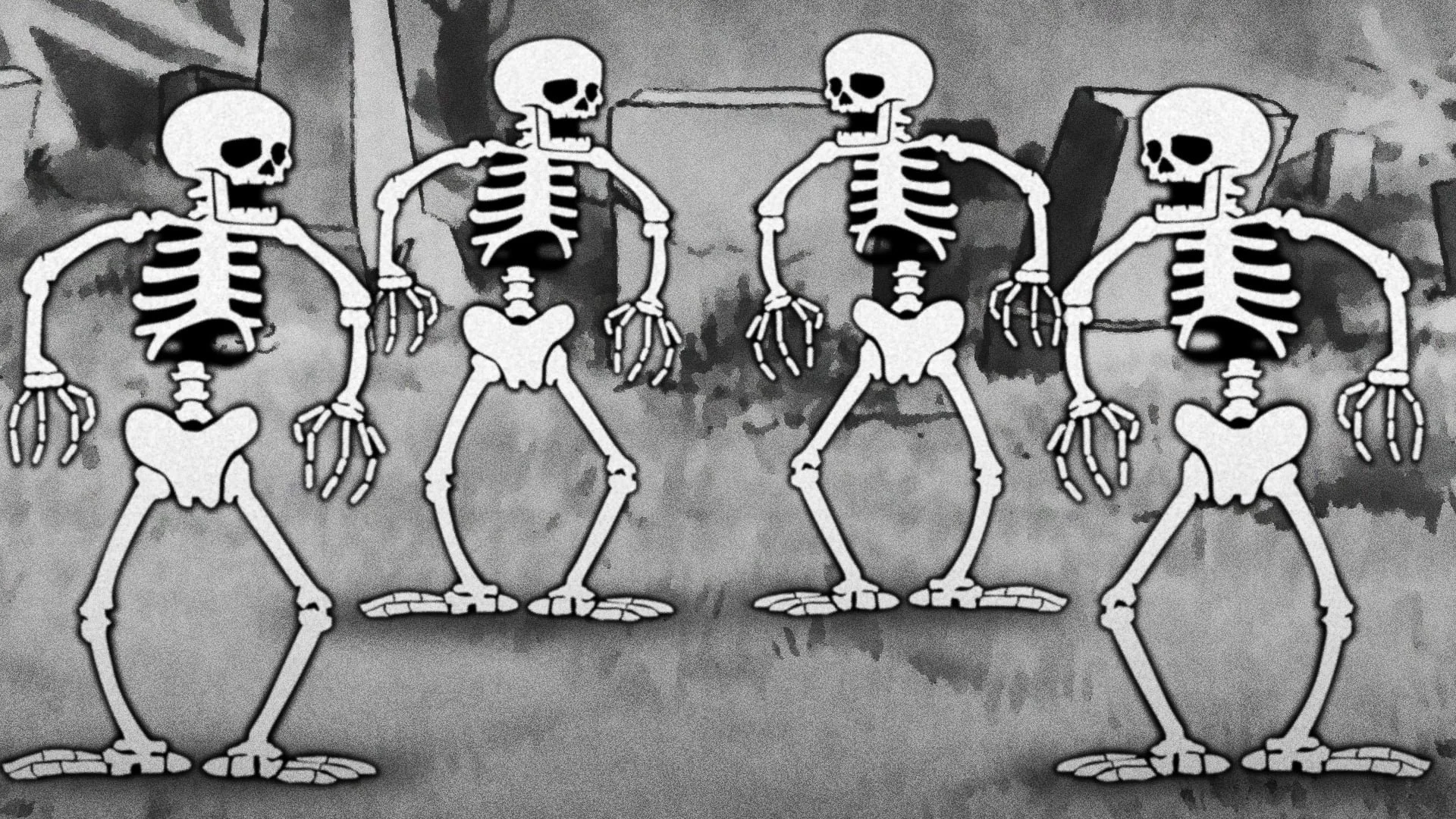The Jacqueline Marval Committee is above all a family affair: forty years ago, Raphaël Roux dit Buisson, an art dealer, fell in love with the works of an artist then unknown in France, Jacqueline Marval. You are from Grenoble, you seem to have changed your name (before you were called Marie-Joséphine Vallet, before becoming Jacqueline Marval) and your work, essentially modern painting, has something different, avant-garde. A strong painting, with soft colors, which hides a story worthy of a novel, that of a woman who has freed herself from the patriarchal yoke to establish herself in an art world that has everything boys club at the time. Raphaël Roux dit Buisson goes in search of her works and, as he discovers new ones, he realizes the magnitude of the thing: Jacqueline Marval was a real star for her time, as evidenced by the hundreds of press clippings commenting on both its work that its clothing as you would any current celebrity.
Since childhood, Camille Roux dit Buisson, director of the Committee, has therefore grown up with the works of Marval covering the walls of her bedroom. It was shortly before her birth that she decided to leave the world of fashion where she had worked up until then to join her father but also her brother Lucien Roux (head of research and archives of the Committee) and officially open the Jacqueline marval Committee. This structure allows them today to bring Marval’s work to the eyes of the general public, particularly in the context of exhibitions, in France or abroad, but also through social networks and especially Instagram, on which the Committee has a strong presence .
The Committee, which is not open to the public, has been installed since its opening in the heart of the intimate Cité Malesherbes, in the 9th arrondissement. In early 2023, the locals moved to the 16th arrondissement, mostly to think big, and continue working to bring Marval’s work back to light. A new page is being written for the Committee, and an opportunity to ask its director some questions. Interview.
Interview with Camille Roux dit Buisson, Director of the Jacqueline Marval Committee

To miss. How was Jacqueline Marval an eminently avant-garde and feminist artist?
Camille Roux alias Buisson. In a very masculine artistic environment of the early 20th century, Jacqueline Marval managed to create a real place for herself, which was not easy for the time. Self-taught, she has never understood or accepted that female artists can be set aside because of their gender. Pierre Varenne, critic, journalist, explains it in particular in the Dictionary of Contemporary Artists, November 15, 1931: ” Jacqueline Marval is not a female painter. You’re a painter, that’s all. You have never understood that we classify artists according to their gender. She has always refused to exhibit only with “sisters”. Finally, Marval was not afraid to shake things up, to denounce: an avant-garde feminist, she often criticizes the role attributed to women by society (in which she absolutely does not recognize herself), painting sleeping women, even cadaverous. (The sleepyheads, the neurasthenics…). Furthermore, she is not afraid of creating a scandal and does not hesitate to directly attack the patrons of the Théâtre des Champs-Élysées who have “benefited” from the young dancers.
Jacqueline Marval, although very successful in her lifetime, was a woman and suffered the fate that sadly many female artists have known, as she was simply erased from the history of art.
Camille Roux dit Buisson, Director of the Jacqueline Marval Committee
How does this translate into your work?
From an artistic point of view, Marval takes up the traditional codes of male painting, such as the subjects of the female nude and the Odalisques. But she also goes beyond her, claiming her own image: since the beginning of her career, we find many self-portraits in which she appears naked (Odalisque with cheetah1900), or assuming the appearance of mythological creatures (Siren1900 and Minerva1900).
In Marval, therefore, no male gauze. In its large composition of odalisques (1902-1903, now in the Grenoble Museum), five odalisques, each borrowing the features of Jacqueline Marval, have bodies presented in a raw and natural way. Creases form on the skin, the flesh appears bluish. The looks of two of the odalisques bring us into this composition, worse, we seem to disturb them. When presented at the Salon des Indépendants in 1903, this painting was critically acclaimed. Guillaume Apollinaire regards it as ” an important work for modern painting » (Chronicles of art, 1902-1918). Moreover, The Odalisques by Jacqueline Marval are perhaps identified by Picasso, who painted Les Demoiselles d’Avignon (1906-07) a few years later, whose composition is eerily close to Marval’s painting.

How to explain his “disappearance” from works of art history, despite the fact that at the time he enjoyed an extraordinary fame?
Several factors come into play: Jacqueline Marval dies relatively early compared to her peers, in 1932, well before World War II. You are therefore not part of the post-war movement. Furthermore, having lost her only child at the age of six months, and separated from her partner Jules Flandrin at the time of his death, Jacqueline Marval had no heirs, nor anyone to look after her estate, although the critic René-Jean and wanted to give the sister of Jacqueline Marval The Odalisques (1902-03) at the Musée du Luxembourg in Paris (the then director of the Musée de Grenoble, Andry-Farcy, insisted that the work go to the Musée de Grenoble). Finally, Jacqueline Marval, although she was very successful during her lifetime, was a woman and she suffered the fate that sadly many female artists have known, as she was simply erased from the history of art.
I would like the French public to be able to discover his history and his works in this city so dear to Marval.
Camille Roux dit Buisson, Director of the Jacqueline Marval Committee
Why is it essential for France to rediscover this great artist?
It is important for France to be able to rediscover this great artist to know its own history of art, which is not limited to a handful of male artists that we know well today. How can an artist of such renown forget that she had such an international career, since she represented France abroad from the Armory Show in New York in 1913? Jacqueline Marval today occupies an important place in the history of art.
You work daily to bring Jacqueline Marval back to the center of this story. What drives you most in this activity?
What inspires me in the work we do around the life and work of Jacqueline Marval is to overcome this injustice. This deep desire to see her recognized guides me in all my choices regarding the Jacqueline Marval Committee: I want to give her back her place, that of a great modern artist.
What would be your dream for Marval?
Today my dream would be that a monographic exhibition on the work of Jacqueline Marval would be held in Paris! If we are preparing such exhibitions in Europe and Asia, I would like the French public to discover her story and her works in this city so dear to Marval. Finally, if Marie-Joséphine Vallet lived in Grenoble, Jacqueline Marval was born in Paris.
Cover image: Odalisque with Cheetah, 1900 © Comité Jacqueline Marval / Portrait of Camille Roux dit Buisson by © Kate French
Source: Madmoizelle
Mary Crossley is an author at “The Fashion Vibes”. She is a seasoned journalist who is dedicated to delivering the latest news to her readers. With a keen sense of what’s important, Mary covers a wide range of topics, from politics to lifestyle and everything in between.




